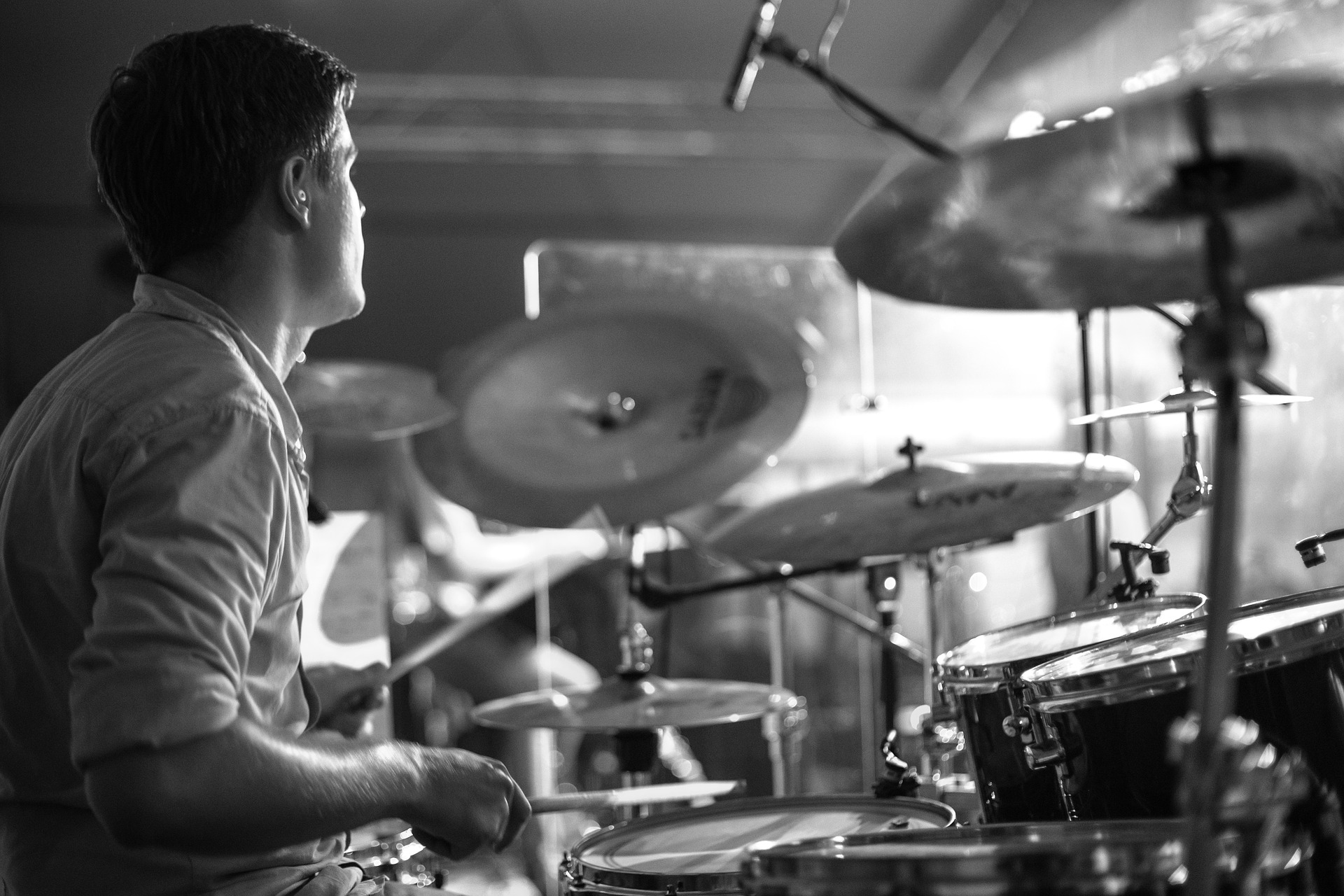Talented drummers are in constant demand. Since they learn to play drums at an early stage, they can write their tickets, and play with whomever they’d like. And there aren’t enough of them around. To get there, you’ll require technique, rate, and a car which gets you to rehearsal. However, over one or more one of these things, you need to feel and become creative. Being a creative player signifies freedom, spontaneity, and constant change. With that in mind, we have gathered three of the common drumming exercises to help you improve your creativity.
Play With Things That Aren’t Music
A large percentage of today’s songs are created on a computer. Of course, digital music can also have tempo changes, slow slowdowns, and fast grooves, but many of them don’t. Playing along with a beatbox can make your beats a little too square. So, you can look for soundscapes that aren’t musical at all and have no tempo: nature sounds, political speeches, animal noises, anything that doesn’t have an idiosyncratic rhythm. This particular experimentation is like a sensory deprivation chamber for your drumming senses, making you create music on the spot.
Add a Drum Track to Display Melodies
You’re usually the only drummer onstage or in the studio, right? Making room for extra drums is not something you normally worry about. That’s the job of the percussionist. Take songs you like and become the second drummer by creating a part that blends with the first one without trampling on it. It’s incredibly difficult to write a great part that lifts the groove instead of distracting it. As you get better at speaking percussion space, your imagination will improve and you will be able to write stronger components.
Experiment With Subtractive Composition
Imagine the sixteenth beat on a snare, hi-hat, or stand tom. Imagine eliminating the 3rd, 11, and 15 beats? Silence is often the best part of a groove, like the dark matter that holds the universe together. Create some patterns with the missing beats and learn how to play these subtractive grooves. They can sound pretty creepy when played in rhythm. And they’ll be so awkward the first time you try them, and you’ll know you’re improving.

